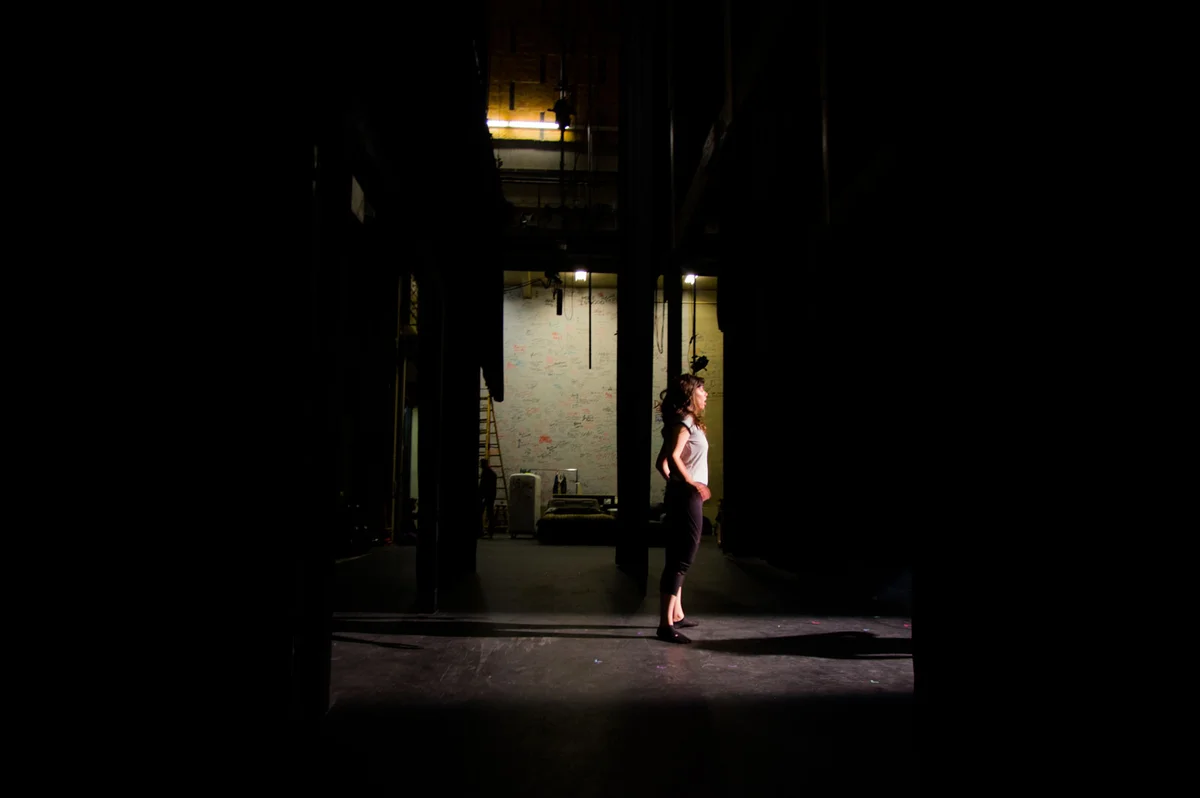
Last Thursday, the Frederic Wood Theatre unveiled its first show of 2017, Love and Information. Directed by MFA candidate Lauren Taylor and featuring an ensemble cast of 18, this ambitious, absurdly complicated and remarkably experimental play proved to be a great success that is well worth the price of admission.
The Ubyssey covered the production of this play last week and even then, it became apparent just how much of a departure this was from the traditional productions put on by the theatre department. The traditional three act structures and ornate dialogue of Shakespeare, Marlowe and other classic playwrights has been replaced with karaoke, discussions about dark matter and arguments about secret messages that are hidden in traffic lights.
The structure of the play consists of 59 unconnected scenes, all strung together in rapid-fire succession and sporting 120 characters. There is a frenetic energy that runs through the whole of the play and keeps momentum until the very end. This is helped in large part by the impressive sound and lighting effects that provide cinematic transitions between scenes that are loud, fun and far more than gimmicky. Cleverly using the bright lines and dark surfaces of the set, the projectors fill the stage with a barrage of visual motifs that nicely build expectations about what the next scene will hold.
For the most part these are very effective, but several times they would come to rather jarring ends, with the music sharply cutting out and the mesmerizing images going with them. These were not often enough to ruin the moment, but they certainly could have been smoother.
These did, however, act as the perfect cover for a team of highly skilled workers to swiftly cart off an astounding amount of props and furniture with great precision. Somehow each scene managed to find the perfect balance of set decoration that made every scene minimalist but also quite rich. There was always just enough visual information to make you feel like the world in which these characters were interacting was more than just a few chairs and a fridge or a tent and telescope. Somehow each of the scenes felt different and unique.
A lot of the credit for this must also go to the actors, who each quite successfully pulled off their many roles with a great deal of skill. Each character felt distinct, right down to things like the nervous twitching of fingers or restless posturing, and there were no moments where any great missteps were made. Once or twice performers could have been accused of overplaying their characters, especially the more manic ones, but generally there was an impressive level of subtlety that made each memorable, which is saying something when there are 120 of them.
The only great issue came from the “Depression” scenes, which felt out of place and not fully realized. These are a collection of one-line parts that act as a sort of emotional leveling to offset some of the more humorous segments, but here they felt more confusing than anything. The way that the actors delivered these sparse lines had the wrong tone and made these scenes feel rushed and out of place. Ultimately, they felt like a wasted opportunity.
Beyond this, Love and Information was a fantastic play, full of humour, strong performances and technically impressive lighting, sound, costumes and sets. It is a play worth your time, whose experimental nature in no way makes it inaccessible or enigmatic — in fact the opposite could not be more true.
After the opening night, much of the talk in the lobby was about how much of a departure this was from previous UBC theatre productions. I hope dearly that it is the start of a trend, rather than an exception to the rule.

